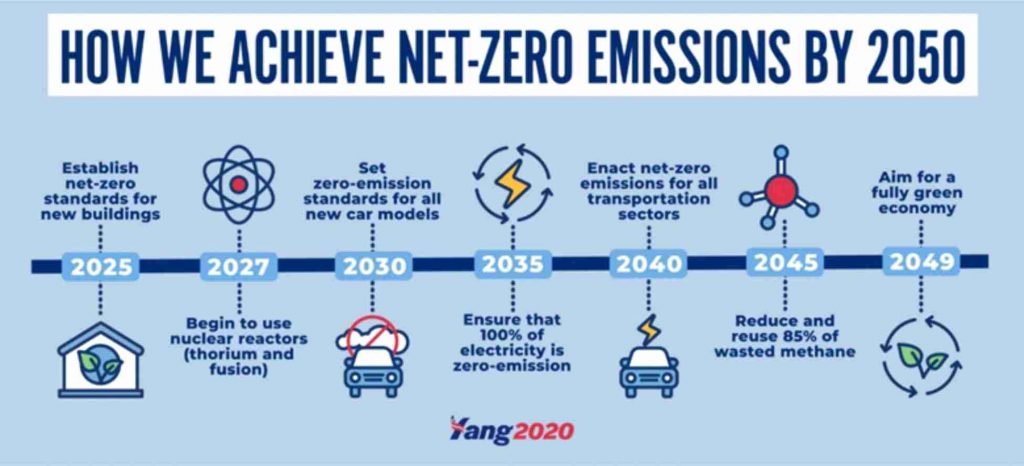Humboldts
Prelims: Current event of national importance
GS 1: Geography
The Indian Express
Context:
- Recently, Mumbai’s Byculla Zoo announced the addition of two new Humboldt penguin chicks this year.
About:
- The Humboldt penguin (Spheniscus humboldti) belongs to a genus that is commonly known as the ‘banded’ group.
- They are endemic to the Pacific coasts of Chile and Peru. They are so named because their habitat is located near the Humboldt Current, a large oceanic upwelling characterised by cold waters.
- Medium-sized species among at least 17 species.
- The exact number of distinct species is debated, but it is generally agreed that there are between 17 and 19 species.
- The largest, the Emperor penguin, stands at over 4 ft tall while the Little penguin has a maximum height of 1 ft.
- Average height of just over 2 ft.
- They have large, bare skin patches around their eyes, an adaptation to help keep them cool.
- Their breeding season in the wild is either March-April or September-October depending on the location of the colony.
- The Humboldt have an ability to withstand warmer climates.

Importance of Hindi
The Hindu
GS
Context:
- 10 Indian States with the most Hindi speakers account for 5% of India’s population.
Background:
- When the Centre launched its NIPUN Bharat scheme to improve foundational literacy and numeracy among primary school students in July 2021, participants from non-Hindi speaking States complained that they were the ones left feeling illiterate as they could not understand either the speeches, nor the PowerPoint presentations on the scheme, all made in formal Hindi.
- A month earlier, Malayali nurses in a Delhi government hospital opposed a ban on speaking their language even among themselves.
- Last August, Tamil Nadu delegates at a yoga and naturopathy training webinar claimed that the AYUSH Ministry Secretary told them if they wanted English to be used, they could leave.
- There are121 languages spoken by at least 10,000 people, along with over a thousand more which have fewer speakers, but which also restricts education and governance to a handful of languages.
About:
- According to the 2011 Census, Hindi and its variants are the only major languages to have gained mother tongue adherents over the last 40 years, growing from 36.99% of the population in 1971 to 43.63% by 2011. A large factor in this growth comes from demographic changes.
- Fertility rates are higher among the poor and among women with less education, who comprise a higher share of Hindi speakers.
- 10 States with the highest share of Hindi speakers grew from 41.9% of India’s population in 1971 to 46.5% by 2011.
- Migration could be increasing the number of those whose mother tongue is Hindi even in non-Hindi speaking States.
- If a Hindi speaking poor illiterate family migrates from Bihar to Kerala, they may have fewer children than a similar family in Bihar but they’ll have more than the average Malayalam speaking family in Kerala, which will raise the share of Hindi speakers in other such ‘destination’ States too.
- The 2021 Census, which has been indefinitely delayed by the COVID-19 pandemic, will be the second to gather such data, and thus record for the first time the growth among actual speakers of a language, rather than those who claim it as their mother tongue.
Promotion of Hindi and its Variants:
- The Census data has not been about the knowledge of a language, but rather identity with a language.
- Hindi is identified as a language of power. When Hindi is promoted, it is not a promotion of choice, but a promotion of power.
- The choice of Hindi in the Census in fact subsumes 50 other choices, as variants like Bhojpuri, Rajasthani, Magadhi and Chhattisgarhi — each of which has more than a crore speakers — are all clubbed under the Hindi umbrella.
- In fact, only about 26% of the Indian population actually selected Hindi itself as their mother tongue. Almost 40% of those clubbed under the Hindi label actually chose one of the variants.
- These are not the languages used for instruction in schools, or in government offices. In fact, these languages suffer more than regional languages like Tamil or Telegu who have their own State proponents and are included in the Eighth Schedule.
- At the celebration of Hindi Divas last week, Home Minister Amit Shah emphasised that “Hindi is the friend of all Indian languages” and can only progress through coexistence. Even while increasingly shifting the daily routines of governance into Hindi, the Centre has in fact taken steps to incorporate powerful regional languages.
- For instance, the NEET examination for entrance into medical programmes is now offered in 13 different languages, while engineering colleges have started offering courses in five Indian languages this year.
- After the United Progressive Alliance (UPA) government centralised bank recruitment exams in 2012, restricting them to Hindi and English only, Finance Minister started allowing exams to be taken in all 22 Scheduled languages from 2019.
- Faced with political pushback from non-Hindi speaking States, the Centre had also amended the draft of the National Education Policy to ensure that Hindi is not imposed as a compulsory language choice for school students.
- While the political tussles around language in education revolve around schools, it is significant that higher education — which produces the teachers who teach the language in schools — is significantly skewed towards Hindi and English.
- Education Ministry data shows there were 1.3 lakh students enrolled in M.A. Hindi programmes in 2019-20, while the next highest language, Bengali, had only 22,719 students at the postgraduate level. Interestingly, English has almost 2 lakh students enrolled for Masters degrees.
Way ahead:
- Unless English is replaced at the higher education level, nothing will change. For that, speeches at Hindi Diwas are not sufficient; the government must be willing to put in the painstaking background work needed to develop curriculum, reading materials, resources and teachers for Hindi.
- There is a top-down pressure to promote Hindi, from the government, as well as the more organic promotion via popular culture.
- For English, there is a societal pressure, from the bottom-up, from a society which recognises it as a language of aspiration. Both have their engines in place.
- Neither Hindi nor English need to be promoted. Languages like Bhili or Gondi, which have lakhs of speakers, but are not in the Eighth Schedule of the Constitution should be promoted.
Net Zero
The Hindu
GS 3: Environment and Conservation
Context:
- India, as the country with the third largest emissions, is under pressure to come up with a higher ambition on cutting CO2 emissions.
- The net zero concept, according to the United Nations, has appealed to 130 countries that have either committed themselves to carbon neutrality by 2050, or are considering that target.
What is India doing to lower emissions?
- India is working to reduce its emissions, aligned with the goal of less than 2°C global temperature rise, seen in its headline pledge to cut the emissions intensity of GDP by 33%-35% by 2030 over the 2005 level. But it has not favoured a binding commitment towards carbon neutrality. It is also not aligned with the more ambitious goal of 1.5°C temperature rise.
- According to the International Energy Agency’s India Energy Outlook 2021, coal accounts for close to 70% of electricity generation.
- Cutting greenhouse gases which heat the atmosphere and contribute to climate change involves shifting power production away from coal, greater adoption of renewables, and transforming mobility through electric vehicles. India is praised by some for its renewables target: scaling up power from renewables such as solar and wind to 450 GW by 2030.
How are other big countries pursuing net zero?
- As the largest emitter of GHGs, China told the U.N. in 2020 that it would move to net zero by 2060. Its pledge to peak CO2 emissions before 2030 and achieve carbon neutrality three decades later is among the most high-profile commitments.
- The U.S., as the second biggest emitter with large historical emissions, returned to the Paris Agreement under President Joe Biden with an ambitious 2050 net zero plan.
Why do some analysts see net zero as controversial?
- Although a global coalition has coalesced around the concept, an increasingly vocal group views it as a distraction, useful only to score political points. Carbon neutrality looks to nascent technology to suck out CO2 from the atmosphere.
- Youth movements and some scientists call this procrastination, since it enables the fossil fuel industry to continue expanding. Many fossil fuel companies support net zero goals.
What are India’s choices?
- Getting a stronger economic dividend for the same volume of CO2 emitted by reforming energy, industry and buildings, and achieving higher energy efficiency in all sectors can slow emissions. State governments must be part of such a climate plan, and climate governance institutions must be set up at the national and State levels.


